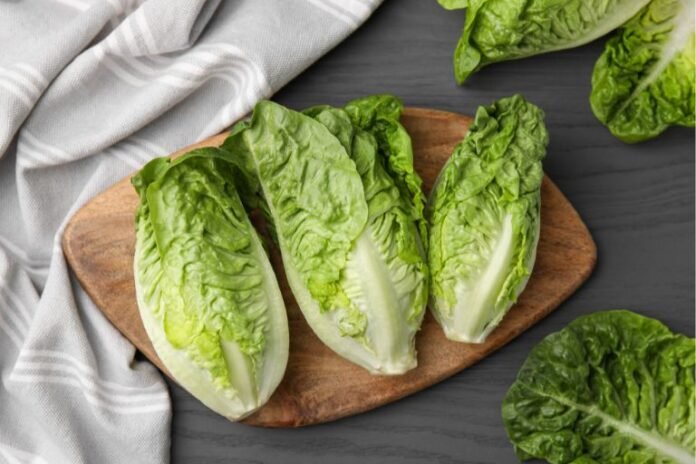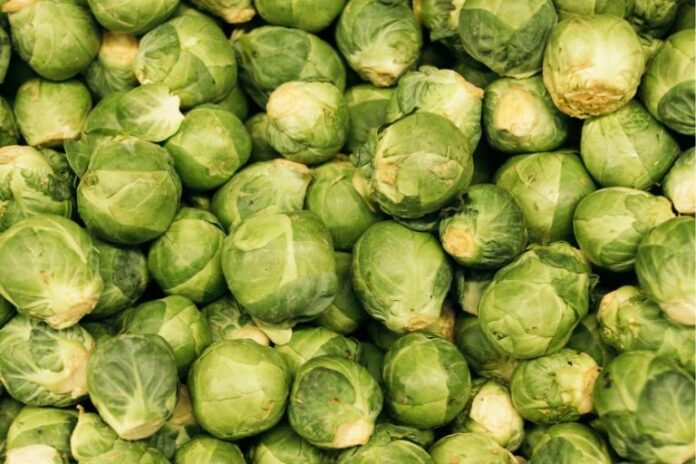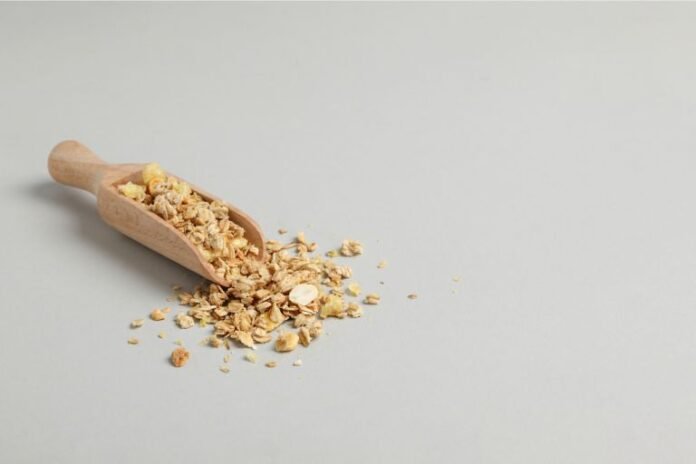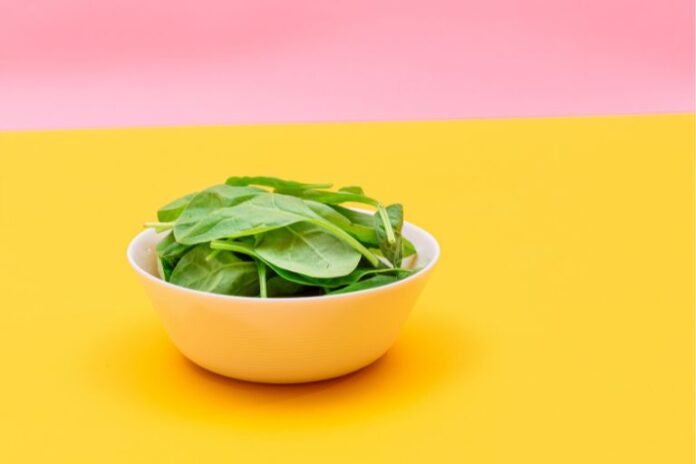Ricotta cheese is a soft, creamy, and versatile dairy product often enjoyed in both savory and sweet dishes. From classic Italian recipes like lasagna and ravioli to delectable desserts like cannoli, ricotta has carved its place in kitchens around the world. However, for individuals who experience acid reflux or gastroesophageal reflux disease (GERD), questions about which foods are safe to eat often arise. One common question is whether ricotta cheese is acidic and how it affects acid reflux symptoms.
Understanding the acidity of ricotta cheese and its impact on digestive health can help you make informed dietary decisions. In this article, we’ll dive deep into the science behind ricotta’s pH level, its nutritional profile, and practical tips on how to incorporate it into a reflux-friendly diet. Whether you’re looking for relief from heartburn or simply curious about ricotta’s place in a balanced diet, this guide has you covered.
What is Ricotta Cheese?
Ricotta is a fresh Italian cheese made from the whey leftover after producing other cheeses like mozzarella or provolone. The term “ricotta” means “re-cooked,” referring to the process of heating whey to create the soft, fluffy curds. Unlike aged cheeses, ricotta is consumed fresh, giving it a milder flavor and softer texture.
Nutritionally, ricotta is high in protein, calcium, and essential nutrients like riboflavin and vitamin A. However, its fat content can vary depending on whether you choose whole-milk, part-skim, or fat-free varieties.
Understanding its production process and nutritional composition helps us better assess whether ricotta is suitable for those dealing with acid reflux.
Is Ricotta Acidic?
When we talk about a food’s acidity, we refer to its pH level—a scale that ranges from 0 (highly acidic) to 14 (highly alkaline). Ricotta cheese has a pH level between 5.0 and 6.5, which makes it mildly acidic but closer to neutral compared to highly acidic foods like citrus fruits or vinegar.
How Ricotta Compares to Other Cheeses?
- Aged Cheeses: Cheddar, Parmesan, and blue cheese are significantly more acidic due to the fermentation process. They often have a pH of around 4.0 to 5.0.
- Fresh Cheeses: Ricotta and mozzarella are less acidic because they are fresh cheeses with minimal fermentation.
- Highly Alkaline Cheeses: Some goat cheeses or aged gouda can be slightly more alkaline, depending on their production.
Because ricotta is fresh and has minimal fermentation, it’s considered one of the least acidic cheeses, making it a potentially safer option for people managing acid reflux.
Related to Read: Is Cottage Cheese Good for Acid Reflux?
Ricotta Cheese and Acid Reflux
Acid reflux occurs when stomach acid flows back into the esophagus, causing discomfort, heartburn, and even regurgitation. For individuals with GERD, managing diet is key to reducing symptoms. Since certain foods can relax the lower esophageal sphincter (LES) or increase stomach acid production, it’s important to understand whether ricotta cheese triggers reflux.
Why Ricotta May Be Safe for Reflux Sufferers?
- Lower Acidity: Ricotta’s mildly acidic nature makes it less likely to irritate the esophagus compared to highly acidic or spicy foods.
- Low Fat Content: High-fat foods can relax the LES and worsen reflux. Opting for low-fat ricotta helps reduce this risk.
- Easily Digestible: Ricotta has a soft texture and gentle flavor, making it easy on the stomach, especially for those with digestive sensitivities.
Nutritional Benefits of Ricotta for Acid Reflux Sufferers
Aside from being reflux-friendly, ricotta cheese offers several health benefits:
- Rich in Protein: Ricotta is an excellent source of high-quality protein, which is important for muscle repair and overall health. Protein is also satiating, helping to prevent overeating—a common trigger for reflux.
- High in Calcium: A single serving of ricotta provides a significant portion of your daily calcium needs, supporting bone health and proper nerve function.
- Low Sodium Content: Excess sodium can irritate the stomach lining and exacerbate reflux. Ricotta is lower in sodium than many aged cheeses.
- Contains Probiotics: Some ricotta cheeses are enriched with probiotics, which can aid in digestion and improve gut health.
How to Incorporate Ricotta into a GERD-Friendly Diet?
Tips for Safe Consumption
- Opt for Low-Fat or Part-Skim Ricotta: Low-fat varieties reduce the risk of triggering reflux symptoms.
- Eat in Moderation: Even safe foods can cause reflux if consumed in large portions. Stick to small to moderate servings.
- Pair with Non-Acidic Foods: Combine ricotta with alkaline or neutral foods, like vegetables, whole grains, or lean proteins, to balance your meal.
- Avoid Trigger Ingredients: Refrain from pairing ricotta with acidic or spicy foods, such as marinara sauce, garlic, or chili flakes.
Acid Reflux-Friendly Ricotta Recipes
Here are some meal ideas that incorporate ricotta in a safe, delicious way for reflux sufferers:
- Vegetable Lasagna: Replace acidic tomato sauce with a creamy béchamel sauce and layer it with ricotta, zucchini, and spinach.
- Stuffed Bell Peppers: Mix ricotta with cooked quinoa and herbs, then stuff it into bell peppers for a hearty yet gentle meal.
- Ricotta Toast: Spread ricotta on whole-grain toast and top with sliced avocado or steamed spinach for a quick, reflux-friendly breakfast.
Foods to Avoid Pairing with Ricotta
While ricotta is relatively safe, combining it with certain foods may trigger reflux symptoms:
- Tomato-Based Sauces: These are highly acidic and can irritate the esophagus.
- Citrus Fruits: Lemons, oranges, and grapefruits are acidic and should be avoided.
- Fried Foods: Fatty and fried foods can relax the LES and worsen symptoms.
When to Avoid Ricotta Cheese?
Despite its mild nature, some individuals may still experience discomfort after consuming ricotta. This could be due to:
- Lactose Intolerance: Ricotta contains lactose, which can cause bloating, gas, or discomfort in sensitive individuals.
- High-Fat Varieties: Whole-milk ricotta can sometimes exacerbate reflux symptoms.
If you notice that ricotta worsens your reflux, it’s best to avoid it and seek alternatives like lactose-free ricotta or plant-based cheeses.
Scientific Insight: What Research Says
While there isn’t extensive research on ricotta cheese and acid reflux specifically, studies on dairy and GERD provide some insights:
- A study published in the Journal of Gastroenterology found that high-fat dairy products can exacerbate GERD symptoms due to their effect on the LES. Opting for low-fat varieties, like low-fat ricotta, may help mitigate this risk.
- Research in Gut and Liver suggests that incorporating probiotic-rich foods can help improve gut health and reduce GERD symptoms. Some ricotta varieties fortified with probiotics may offer additional benefits.
Conclusion
Ricotta cheese is mildly acidic, with a pH level closer to neutral than aged cheeses. Its low-fat content and creamy, easily digestible texture make it a reflux-friendly option for many people. Incorporating ricotta into your diet alongside non-acidic foods and consuming it in moderation can help you enjoy its nutritional benefits without triggering reflux symptoms.
However, individual tolerances vary, and it’s important to monitor your body’s reaction to ricotta. When in doubt, consult a healthcare provider or dietitian for personalized advice.
FAQs About Ricotta and Acid Reflux
- Is ricotta cheese bad for acid reflux?
No, ricotta is generally safe for acid reflux when consumed in moderation and paired with non-acidic foods. - What type of cheese is best for GERD?
Fresh, low-fat cheeses like ricotta, mozzarella, and cottage cheese are typically the best choices for GERD. - Can lactose-intolerant individuals eat ricotta?
Some ricotta brands offer lactose-free options, which are suitable for those with lactose intolerance. - Does cooking ricotta reduce its acidity?
Cooking ricotta does not significantly alter its acidity but can make it easier to digest when combined with reflux-friendly foods. - What are some alternatives to ricotta for acid reflux sufferers?
Lactose-free ricotta, plant-based ricotta, or other non-dairy cheeses like almond-based spreads can be good alternatives.












